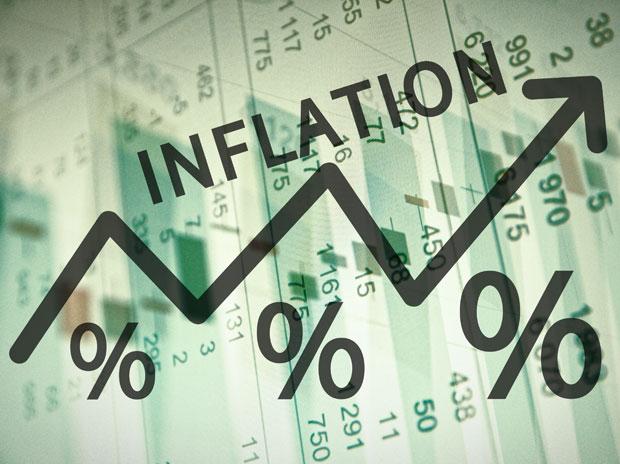ISLAMABAD: Pakistan’s headline inflation showed a slight decline in August, as reported by the Pakistan Bureau of Statistics (PBS). The year-on-year inflation rate stood at 27.4%, slightly lower than July’s figure of 28.3%. However, on a month-on-month basis, the inflation increased by 1.7%.
This development has resulted in the average inflation rate for the first two months of the fiscal year 2023-24 (2MFY24) rising to 27.85%, higher than the average of 26.10% recorded during the same period in the previous fiscal year (2MFY23).
The Consumer Price Index (CPI) reading for August also marks the lowest inflation rate in the calendar year 2023. However, experts warn that this may be short-lived as several economic factors come into play. It is also important to note that even the best inflation figures of 2023 are above 25%, which means a quarter of last year’s prices.
It has also been warned that the depreciating value of the Pakistani rupee, soaring energy tariffs, and record-high fuel prices are expected to place additional burdens on consumers in the coming months. The caretaker government recently announced yet another hike in petrol and diesel prices, raising them to Rs 305.36 and Rs 311.84 per litre, respectively. This means petrol prices have surged by nearly 21%, or Rs 52.36, since the beginning of August. This increase will quickly translate into prices of goods and services across the board.
Furthermore, the State Bank of Pakistan (SBP) is scheduled to hold its Monetary Policy Committee (MPC) meeting on September 14. The current key policy rate stands at a record 22%, and most analysts anticipate another rate hike. While the State Bank is currently running an inflation targeting regime, it has been unable to control the rising prices, despite the high interest rate.
Urban vs. Rural Inflation:
The PBS provided insights into the urban and rural inflation rates:
– CPI inflation in urban areas increased to 25.0% year-on-year in August 2023, compared to 26.3% the previous month and 26.2% in August 2022.
– On a month-on-month basis, urban inflation rose by 1.6% in August 2023, compared to a 3.6% increase in the previous month and a 2.6% increase in August 2022.
Meanwhile CPI inflation in rural areas increased to 30.9% year-on-year in August 2023, compared to 31.3% the previous month and 28.8% in August 2022.
– On a month-on-month basis, rural inflation rose by 1.9% in August 2023, compared to a 3.3% increase in the previous month and a 2.2% increase in August 2022.
Special Price Index (SPI) and Wholesale Price Index (WPI):
SPI inflation was also recorded at 27.9% on a year-on-year basis, in August 2023, compared to 29.3% the previous month and 34.0% in August 2022. On a month-on-month basis, SPI inflation increased by 4.1% in August 2023, compared to a 2.8% increase in the previous month and a 5.2% increase in August 2022.
WPI inflation on a year-on-year basis increased to 24.3% in August 2023, compared to 23.1% the previous month and 41.2% in August 2022. On a month-on-month basis, WPI inflation increased by 4.2% in August 2023, compared to a 2.5% increase the previous month and a 3.1% increase in August 2022.
While August brought some relief with a marginal decrease in inflation, the challenges ahead, including rising energy costs and exchange rate volatility, suggest that Pakistan’s inflationary pressures are far from over. The upcoming SBP meeting will be closely watched as it could determine the course of monetary policy in these economically challenging times.

























welcome
A very profound reflection. This post is very helpful for those who want to know more about this. Thanks for sharing.
Thanks a lot for sharing this kind of valuable information.